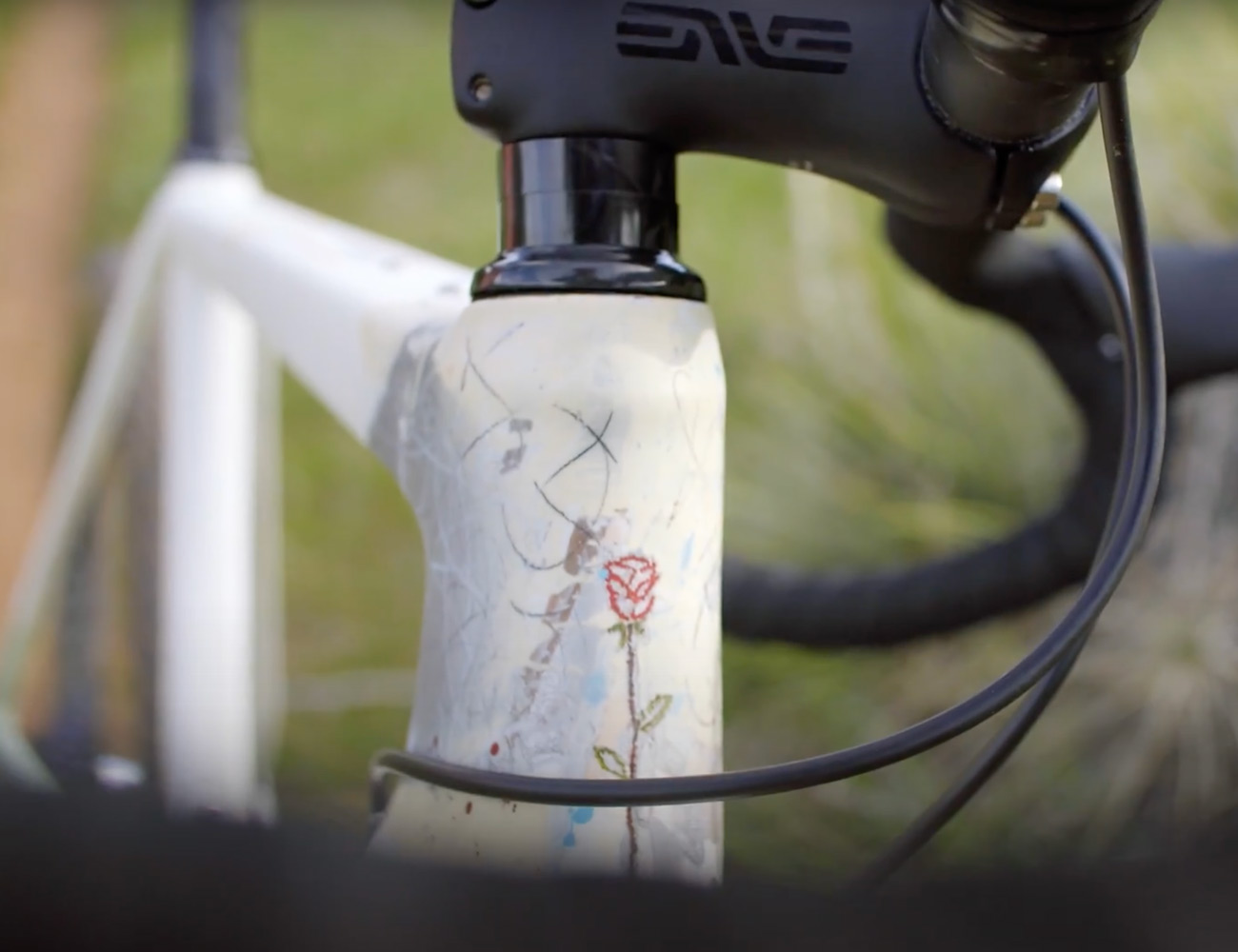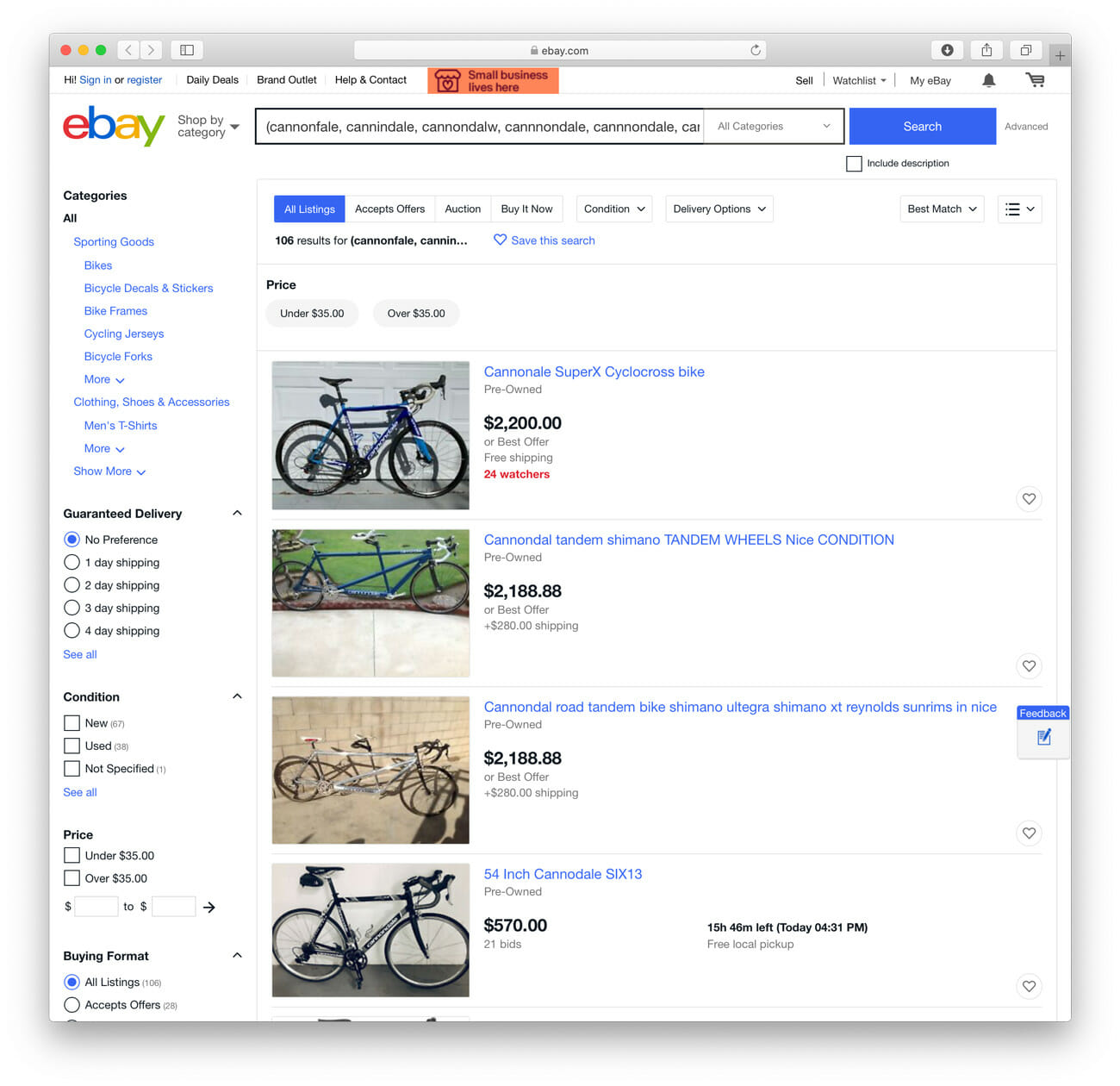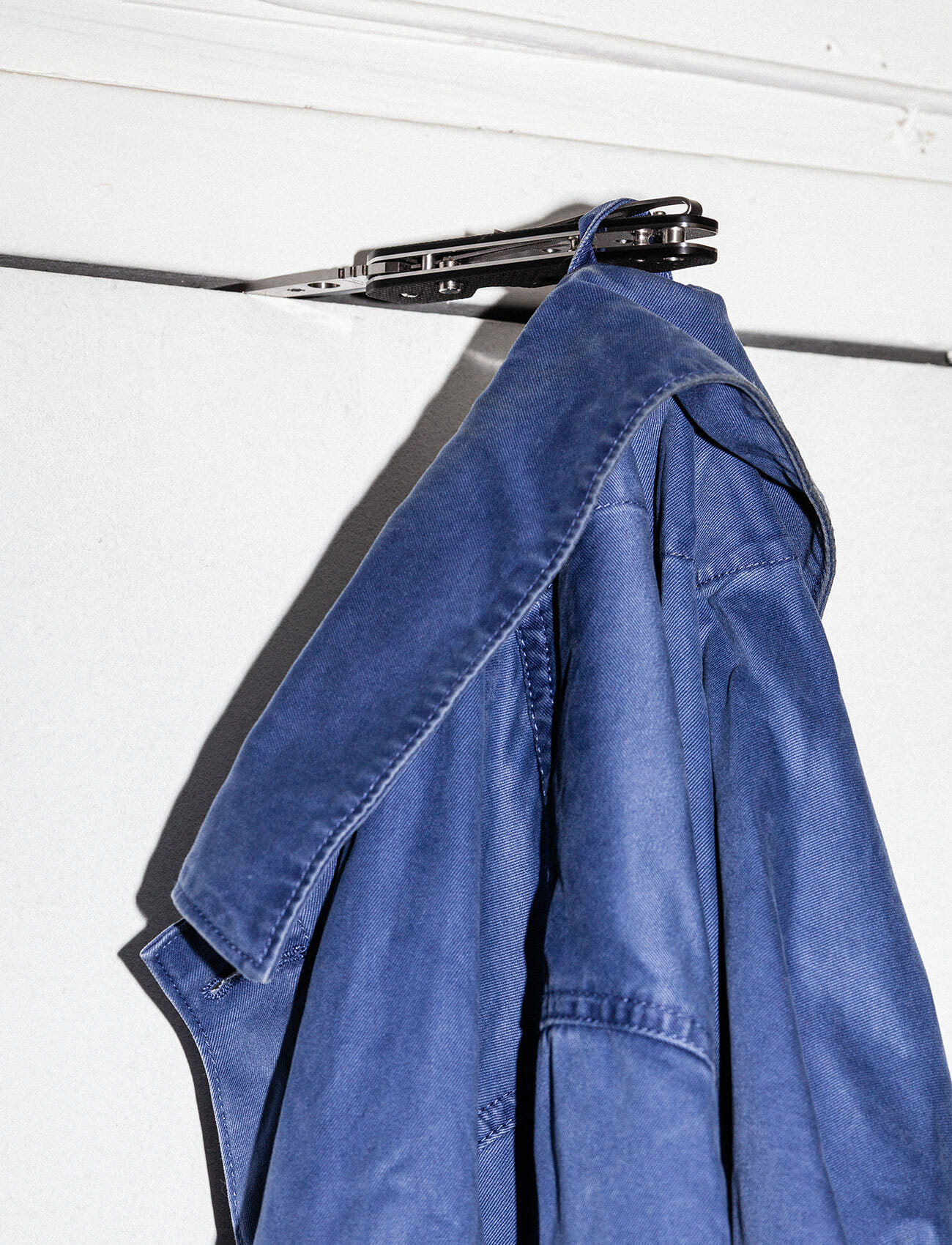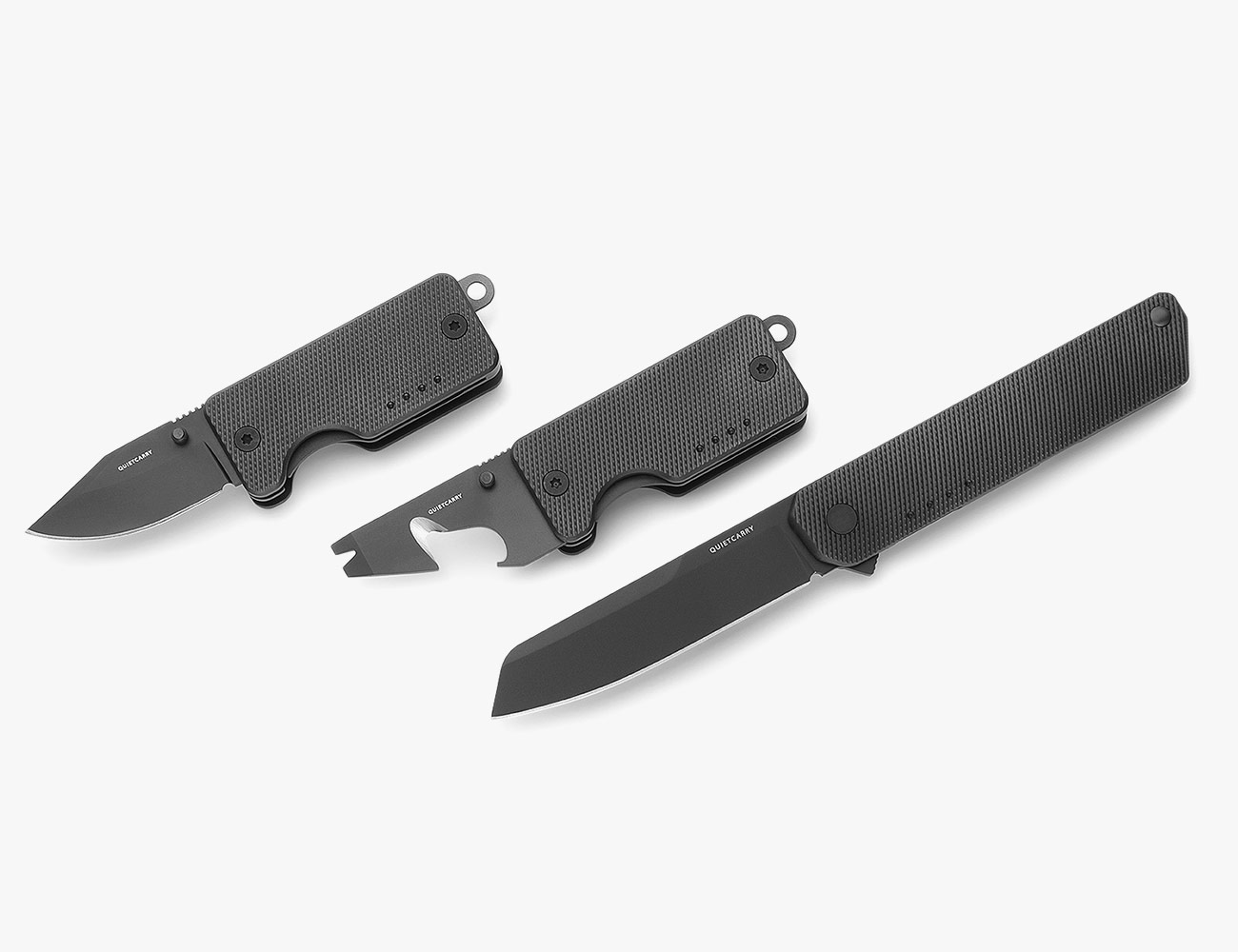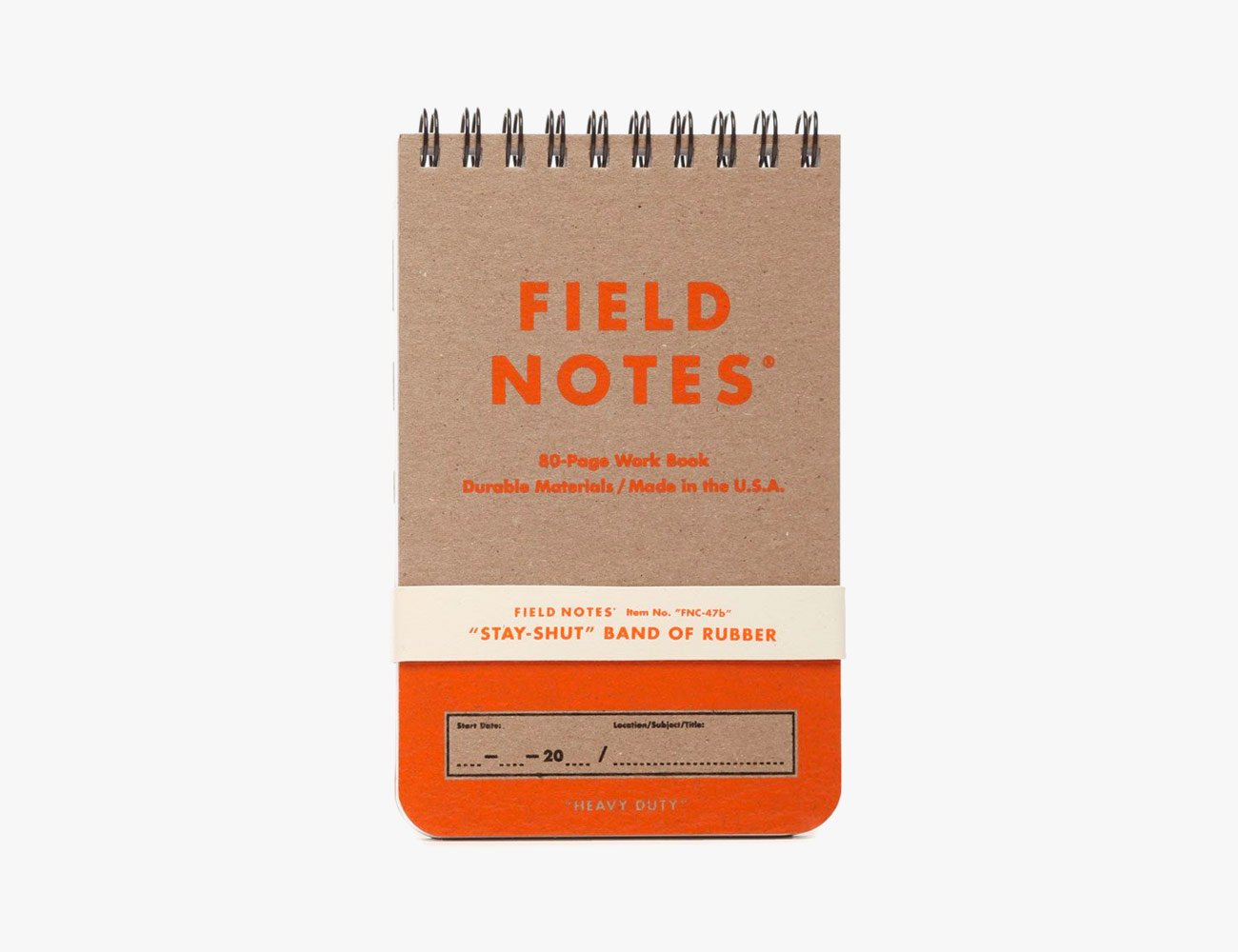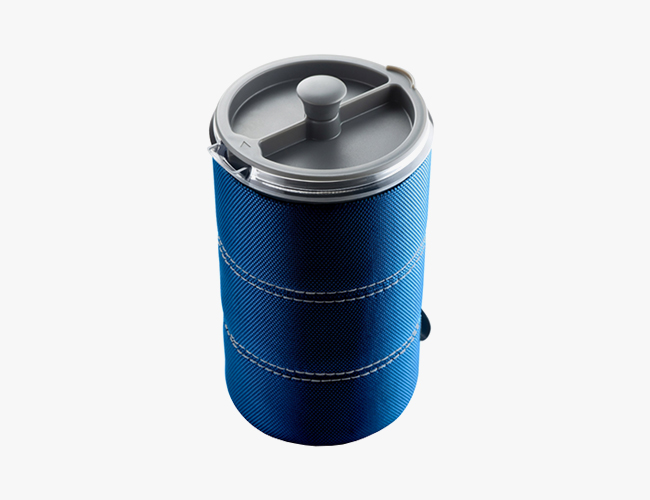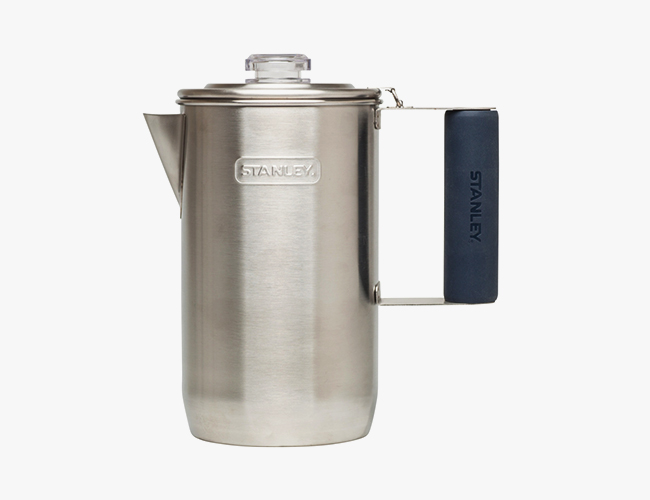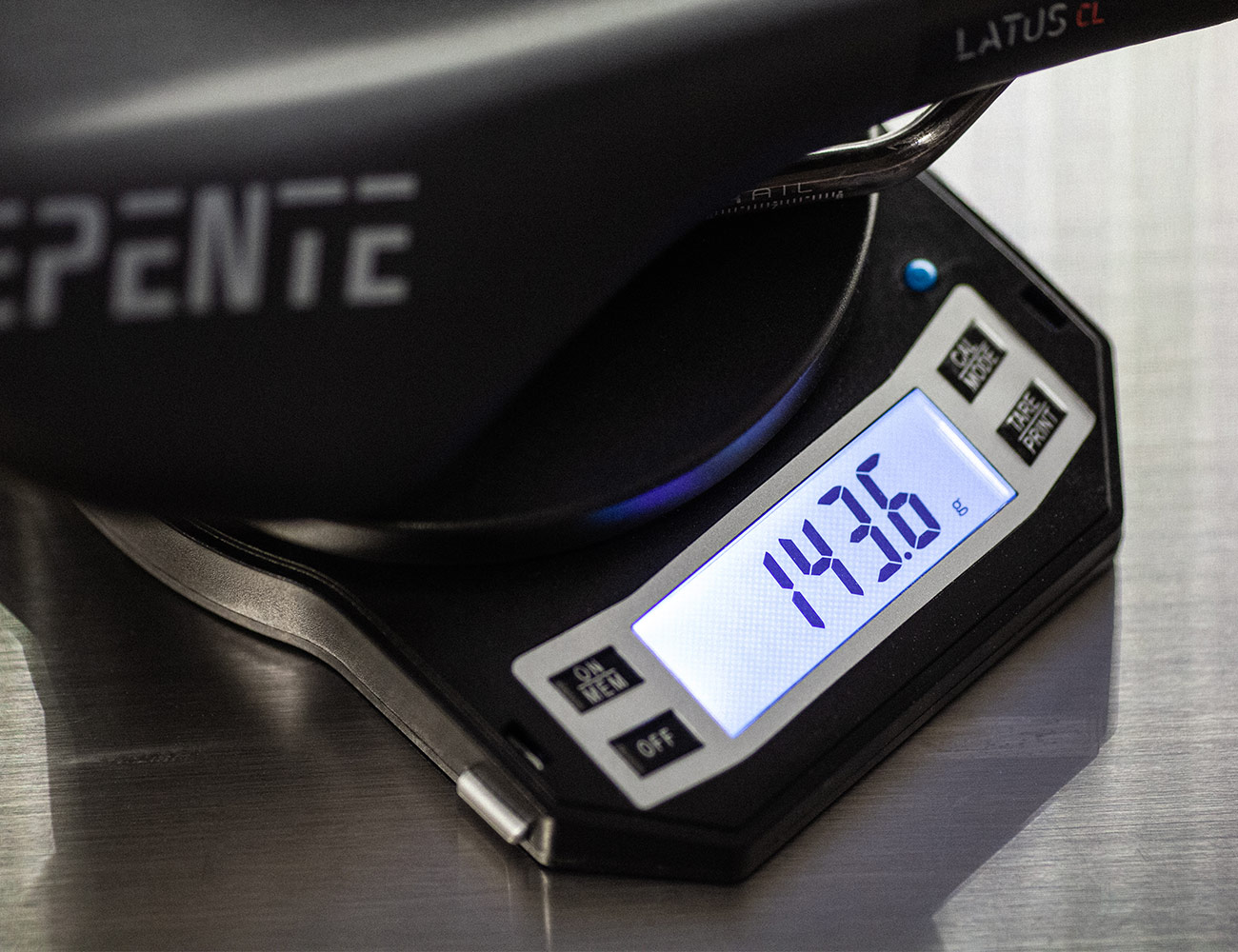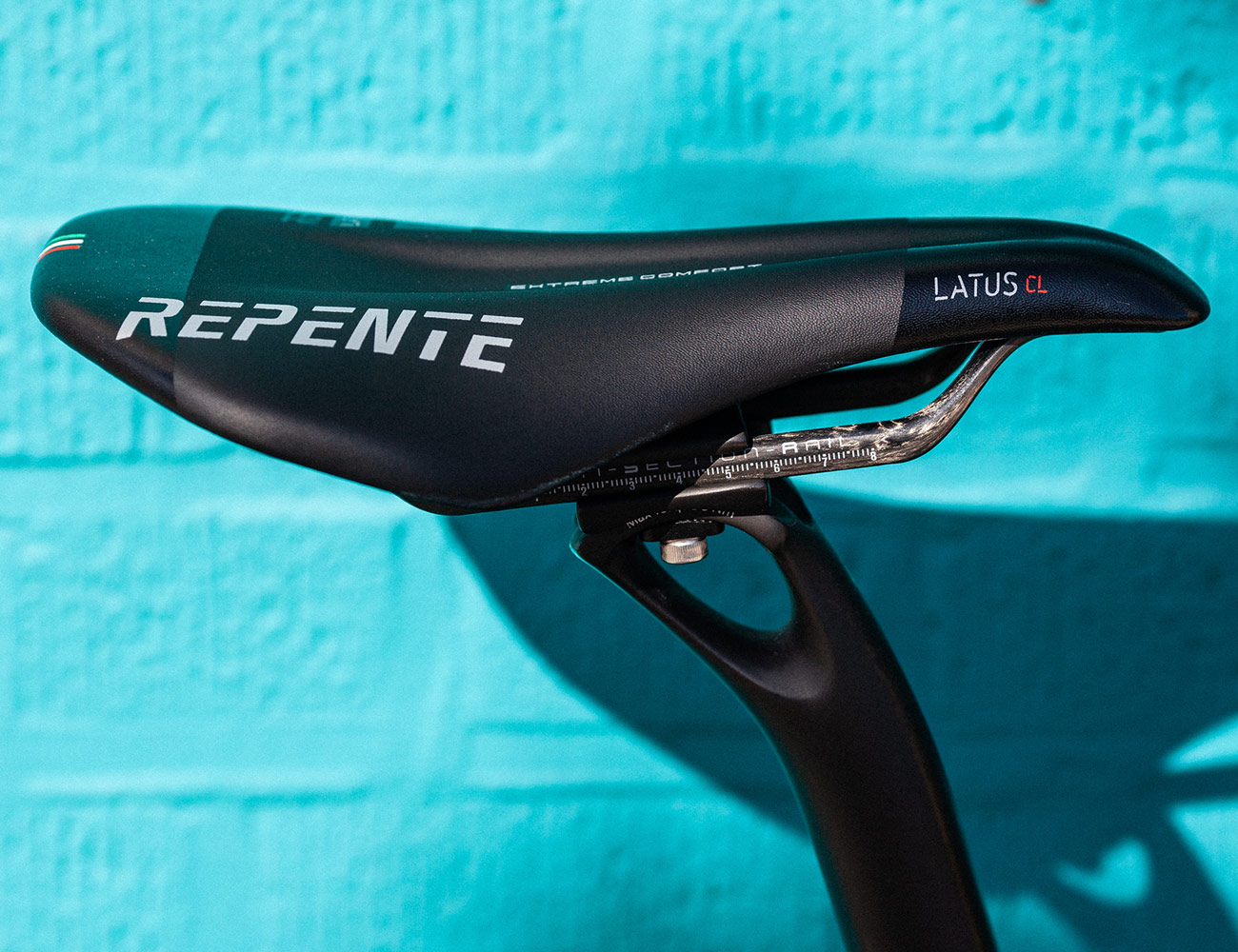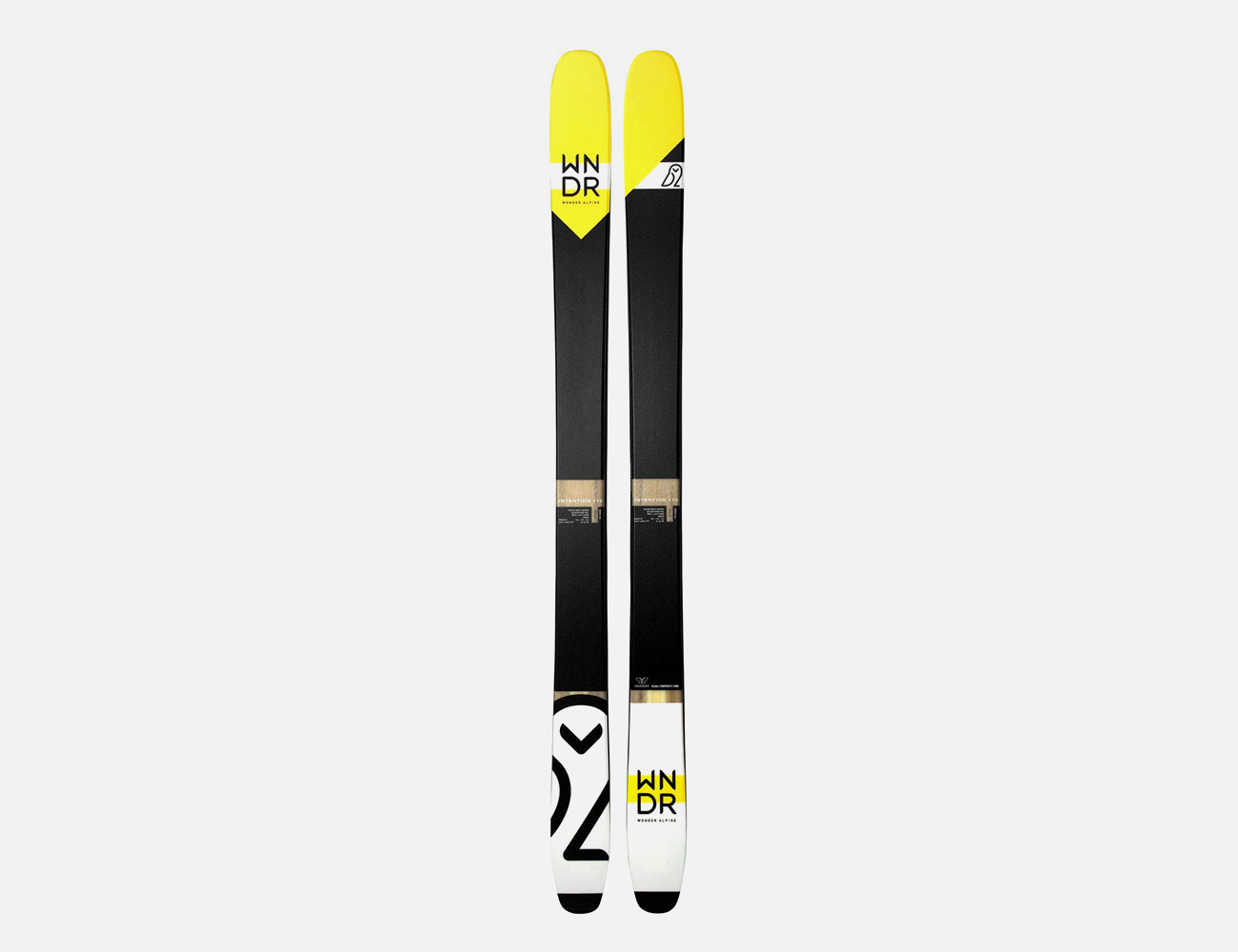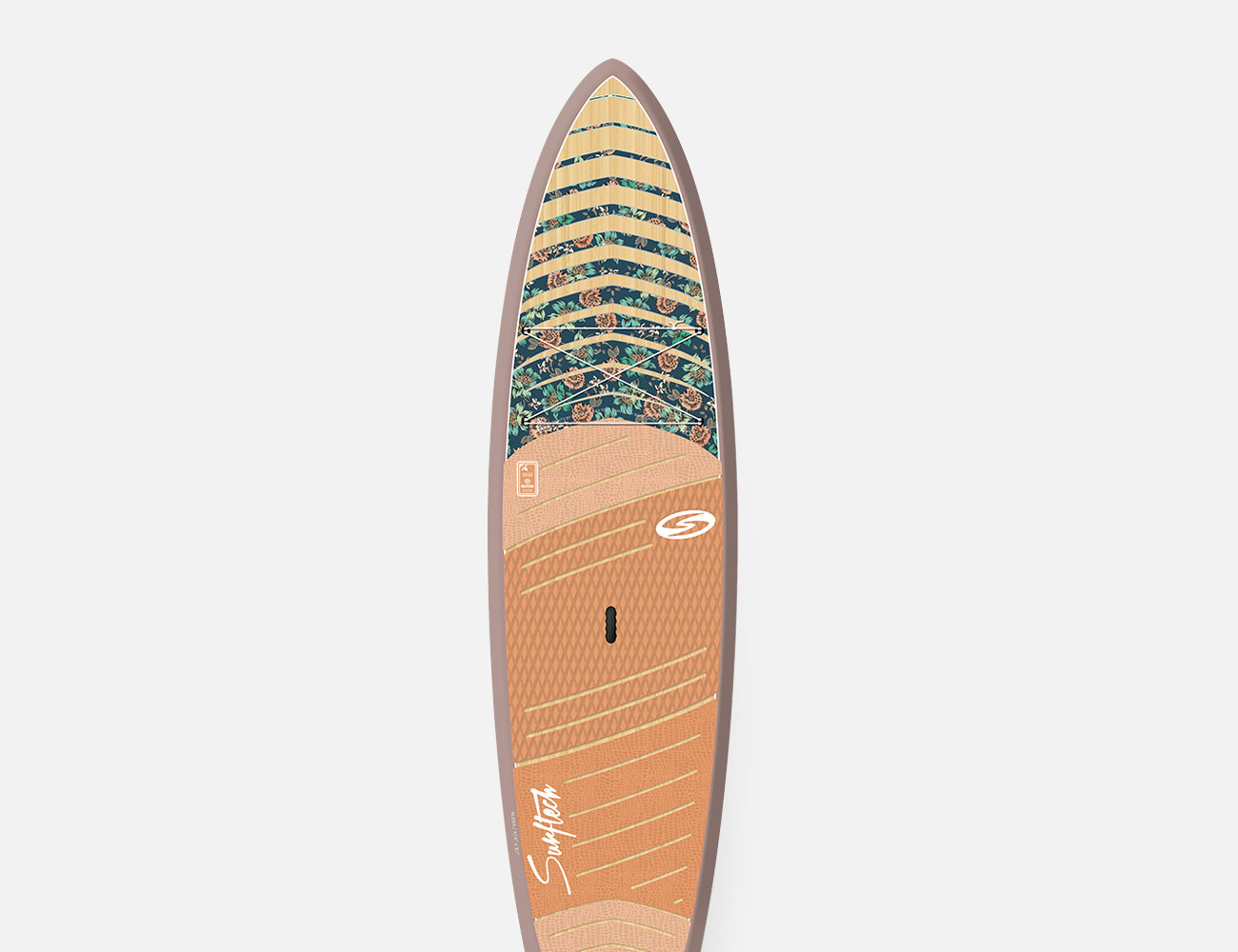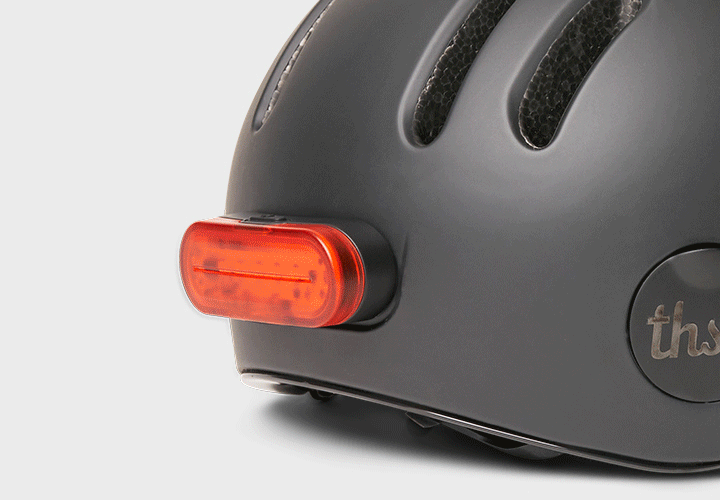As you’ve probably noticed, the coronavirus pandemic has torpedoed a number of businesses. Any industry that relies upon large groups of people gathered in close quarters — from sports to airlines to restaurants — has sustained colossal hits over the past few months.
The $94 billion fitness world is no exception. Gyms are just now starting to reopen, but with awkward protocols — and, in some cases, weird workout pods — that will likely put off many clients. The trade group IHRSA (International Health, Racquet & Sportsclub Association) estimates that more than a quarter of gym-goers will drop out this year, and just in the past few weeks, major chains like Gold’s Gym and 24 Hour Fitness have filed for bankruptcy.
Into the breach have rushed a variety of home fitness solutions. Bike-based systems like Peloton are a noteworthy example; the eight-year-old brand saw its revenues rise 66 percent in the first three months of the year, while sales of the less-expensive Echelon were five times what the brand expected over that period.
![]()

An even newer home-based approach, meanwhile, seems to have emerged at just the right time: sleek, interactive screens that deliver a variety of heart-pumping, muscle-blasting workouts before silently receding into one’s living space — an especially compelling proposition when we’re all spending so much time at home.
The first and best-known of these products is, of course, Mirror. Still less than two years old, the original, $1,500 digital home workout set-up has seen sales more than double since COVID-19 hit the US. And while we’ve documented the enticing possibilities Mirror brings to the table, these days it’s not alone.
![]()

Recently, two other high-tech, small-footprint systems have emerged: Tempo and Tonal. Both products promise a bit more than Mirror does in the form of resistance training equipment; while Mirror comes with resistance training bands, Tempo packs a stashable barbell, dumbbells and plates, and Tonal comes with built-in electromagnetic arms offering up to 200 pounds of resistance.
Naturally, we had to put these muscled-up spinoffs to the test. Thankfully, two GP staffers, Multimedia Producer Kasey Martin (Tempo) and Coordinating Producer Nick Caruso (Tonal), were up to the challenge.
Here, in their own words, are comparisons of the two products in four key areas: the physical set-up, the subscription and app, the workouts and the overall value.
Test 1: Setting Up
Tempo
What do you get? “The Tempo Studio (including integrated storage), barbell, dumbbells, collars, change plates, workout mat, heart rate monitor, and foam roller ($1,995).”
What’s the setup process like? “Delivery and installation was included and it took around 10 minutes to put together. The process was easy and straightforward.”
How does it fit into your living space? “It looks cool and has a sleek design. It doesn’t take up too much space at all and the built-in storage for equipment is definitely a plus.”
![]()

Tonal
What do you get? “The full Tonal device ($2,995), delivered and installed onto my wall by pros. I also got the [borderline essential] extras: a bench, two ‘smart’ handle attachments, a smart bar attachment, a rope attachment, a floor mat and a hard roller ($495).”
What’s the setup process like? “It took under an hour. The Tonal has to be installed by pros and anchored into studs with adequate room above, in front of and around the device for all exercises and motions to work unimpeded. In a NYC apartment, that’s a tall order, but it fits almost perfectly in my room with slight adjustments when I work out.”
How does it fit into your living space? “The device itself fits well. The bench is a bit of a space hog, but that’s due to it being in my bedroom where I also have my desk/workspace. I’m already used to it being there, and honestly it looks pretty cool, like a wall-mounted Monolith from 2001: A Space Odyssey.”
Winner: Thanks to simpler, faster installation and an overall smaller footprint, Tempo gets the edge.
Test 2: Signing Up
Tempo
What’s it take to start up? “To get started you need to set up an account. You can set up multiple accounts and each account has access to the workouts. For unlimited classes and personalized coaching, you pay $39 per month.”
How’s the app? “The app is cool. It provides additional workouts for when you’re not near your Tempo and the app also tracks your workout history/progress.”
![]()

Tonal
What’s it take to start up? “There is a monthly account fee of $49, which includes all classes, routines, workout regimens and features for multiple users. There is a single routine that measures your ability in order to automatically determine your weight limits, which will then increase over time as Tonal senses you getting stronger. But you are also able to set your own weights and choose/do your own movements and exercises.”
How’s the app? “Users can’t use the app to play workouts — not that I would expect it to, since the wall unit is… kind of the point — but it makes browsing for new workouts, tracking your progress and creating your own routines really easy. The interface is almost exactly the same as the wall unit.”
Winner: Pretty close matchup here, but the fitness-assessing routine that kicks things off for Tonal is a unique feature that gets our vote.
Test 3: Working Out
Tempo
What are the workouts like? “Tempo comes pre-loaded with hundreds of on-demand classes and programs encompassing strength, cardio, HIIT, mobility and recovery options, that are readily available for members upon delivery. They add new classes from their post-production backlog every day and, under the most cautious of circumstances, host weekly live content. The classes vary in level of difficulty and length of time. During your workout there is a leaderboard on screen that adds a competitive element, which makes the workout very fun.”
Can you live stream and get feedback? “The workouts are live streaming, and you get real-time form feedback while you’re working out, which is pretty helpful. My only issue so far is that if I was not perfectly six feet away from the sensor, my reps did not get counted.”
Have you seen results? “We did mostly arm workouts and definitely saw a change in only a couple of weeks!”
![]()

Tonal
What are the workouts like? “There are all types of workouts: full body, toning, high-intensity, muscle building, yoga, and more, including custom workouts you design yourself – your favorite movements, number of reps and sets, etc. There are literally hundreds of different workouts, all aimed to exercise toward different goals, whether that’s cardio, core, upper body, or straight-up building muscle. In all, Tonal claims the machine offers over 170 different movements using just the few tools and two bars of the machine.”
“The handful of coaches are all really positive and encouraging, and — this is nerdy — the way the video workouts are edited is very clever, allowing you to take the time you need to complete each set, and offer a demonstration rep on loop so you are certain to get yours right. You can select individual workouts or sign up for programs, which are multi-day series of workouts that build toward a specific exercise goal. The screen is super clear, but kind of hard to see from the ground (or when your glasses are slipping off your very sweaty nose), but overall they are very easy to understand and follow along with.”
Can you live stream and get feedback? “They are not live streaming, but you can pick the trainer that does them with you. The coaches run pre-recorded video workouts, and they are all very positive and encouraging without being annoying. On the Tonal home screen you can see your progress – how many complete workouts, reps per workout, weight lifted in total, etc. Stats are also broken down into “strength scores” per body region — upper, core, lower.”
Have you seen results? “I’m lucky in that my body responds to exercise relatively quickly, but even in that context I can already see and feel results after just a couple weeks of steady training.”
Winner: Tempo’s live streaming and ever-growing library of workouts is pretty cool. But Tonal’s accessibility and approachability, allowing you to formulate goals and work toward them at your own pace, really welcomes all skill levels, so we’re giving it a slight nod.
Test 4: Assessing Value
Tempo
Is it worth it? For whom? “If you can commit to working out consistently at home and not let it be covered in dust, then yes it’s a keeper! I look at this as an investment in one’s self-care, which is critical to daily functioning.”
What about for you? “Personally, I enjoy having the autonomy of working out at home as opposed to going to the gym where it may be crowded. Tempo has exercises for every level (even movement in a chair!), sorting from Absolute Beginner to Advanced in your personal space, making it easier to not physically compare your progress to others.
“The various live and on-demand classes offered are truly a favorite of mine as it feels good to switch up my routine and try something new while heading toward my workout goals. Again, since it is a pricey investment, make sure you are willing to commit to the workouts before purchasing. Otherwise, get ready to show off your results!”
![]()

Tonal
Is it worth it? For whom? “A person who can afford the up front cost and values convenience and privacy – and either doesn’t want to go to a gym or doesn’t want too invest in lots of separate equipment due to space reasons.”
What about for you? “I feel like I am the target audience here. The cost is, on paper, honestly quite extreme. But if you weigh that number against what it would cost to either purchase all of the equipment Tonal replaces or invest in a gym membership, plus the cost of classes/trainers, it makes sense.”
“More specifically, there is huge value for someone like me, who truly and deeply dreads going to an actual gym. I don’t want to commute, carry my workout gear (and a lock that I always forget), and wait around for weights and machines that may have not been sanitized and that I don’t really know how to use. But now, those excuses are nonexistent. I really like Tonal because as a person who, frankly, is embarrassed that I don’t exercise enough and is really self-conscious about going to a physical gym, I don’t feel any of the pressure associated with that process.”
Winner: Both testers seem pretty stoked about what these systems ultimately deliver. Tempo claims victory here for one simple reason: it costs at least $1,000 less.
Verdict
Tough to make a call here without taking individual needs and budget into account. If you’ve got a good grasp of how to work out, and maybe a bit less dough to spend, Tempo’s got all you need, and endless live streams to keep you motivated. Meanwhile, if you’ve got the money and are maybe a bit less experienced, Tonal’s a smarter play for how helpfully it assesses your fitness level and helps you progress.
Ultimately, if it were up to us, we’d rock the Tempo — and spend the cash saved on a sweet vacation to show off all the gains a year from now.
|
Tempo and Tonal provided products for review.
Note: Purchasing products through our links may earn us a portion of the sale, which supports our editorial team’s mission. Learn more here.
Steve Mazzucchi is Gear Patrol’s outdoors and fitness editor. Outside the office, you can find him mountain biking, snowboarding, motorcycling or sipping a dram of Laphroaig and daydreaming about such things.
More by Steve Mazzucchi | Follow on Facebook · Instagram · Twitter · Contact via Email

